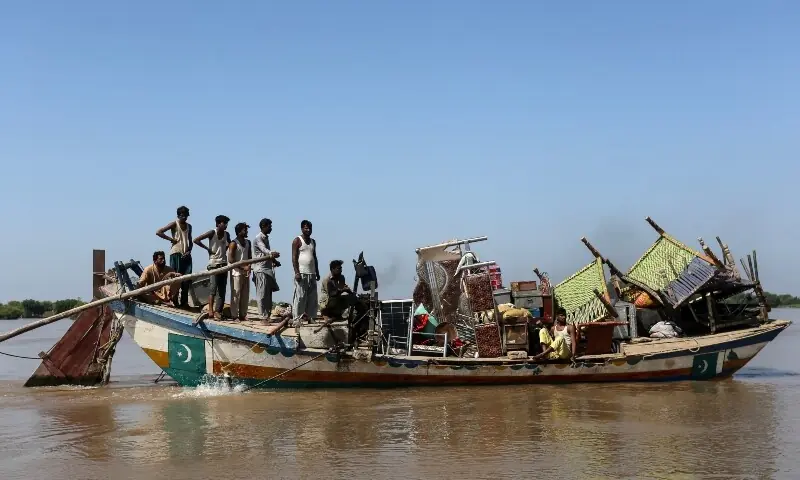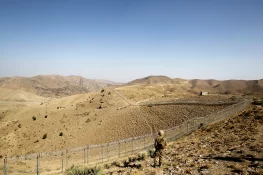Widespread Damage Across 27 Districts
According to the Provincial Disaster Management Authority (PDMA) Punjab, survey teams are currently operating in 27 flood-affected districts. In total, 1,857 teams are deployed across the province to document the scale of destruction and to verify claims from residents.
The flooding, which struck after heavy monsoon rains, has left significant impacts on communities, farmlands, homes, and livestock. Officials emphasize that the survey is essential to ensure aid distribution is both fair and effective.
Thousands of Farmers Report Crop Losses
Agriculture has been one of the worst-hit sectors. Surveyors have so far recorded damages to 56,207 individual crop holdings. In addition, 53,985 acres of agricultural land have been identified as flood-affected.
Punjab, often described as the “breadbasket of Pakistan,” produces the majority of the country’s wheat, rice, and sugarcane. Losses to farmland not only threaten the livelihoods of farmers but also raise concerns about food security and inflation in local markets.
Destruction of Homes
Beyond agricultural losses, the floods have damaged or destroyed thousands of homes. Survey data indicates that 24,246 houses have been directly affected. Many families have been displaced, while others are living in partially damaged structures that remain unsafe.
The government has yet to confirm the scale of rehabilitation support, but officials suggest that compensation packages will be designed based on these verified figures. Earlier, authorities announced a Rs389 billion national relief package for flood victims source.
Livestock Casualties
Livestock is another critical source of income for rural families. So far, survey teams have received data from 1,057 affected individuals reporting the loss of 3,945 animals. For many small-scale farmers, livestock represents both food security and long-term financial stability, making these losses particularly devastating.
The PDMA confirmed that work is still ongoing to gather more precise data on both damaged homes and livestock casualties, with updates expected in the coming weeks.
Reaching Cut-Off Villages
Survey teams are not confined to accessible areas. Using boats, they have reached several isolated villages that remain cut off by floodwaters. Authorities say this approach ensures that even the most remote communities are not overlooked in the damage assessment process.
Such efforts, officials stress, are vital to building a complete picture of the disaster’s toll. “Accurate data is the foundation for effective relief and rehabilitation,” a PDMA spokesperson said.
The Road Ahead
While the immediate focus remains on data collection, humanitarian agencies warn that affected communities face long-term challenges. With crops destroyed, homes damaged, and livestock lost, many families may struggle to recover without sustained assistance.
Pakistan has faced recurring floods in recent years, often linked to heavy monsoon rainfall intensified by climate change. In 2022, catastrophic flooding affected more than 33 million people nationwide, highlighting the country’s vulnerability to extreme weather events.
As Punjab’s survey nears completion, attention will turn to aid distribution, rebuilding, and preventing similar devastation in the future. For now, the tally of more than 81,000 affected individuals underscores the scale of the challenge ahead.















